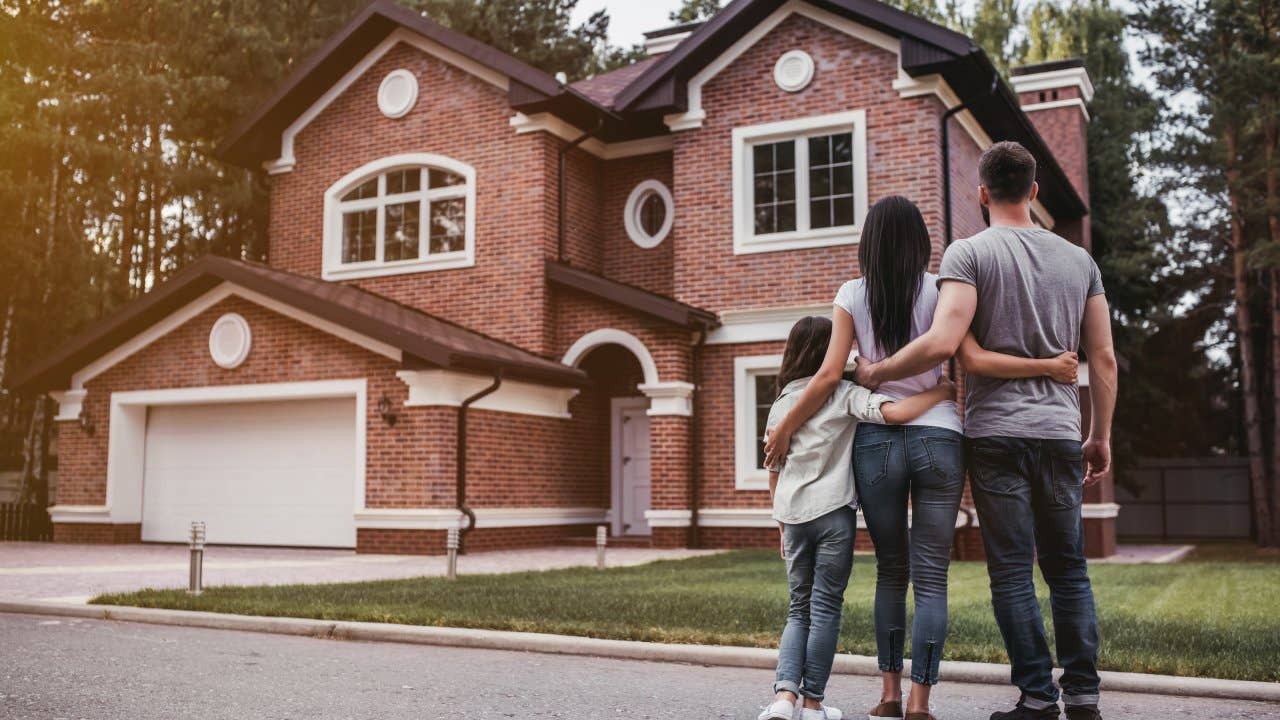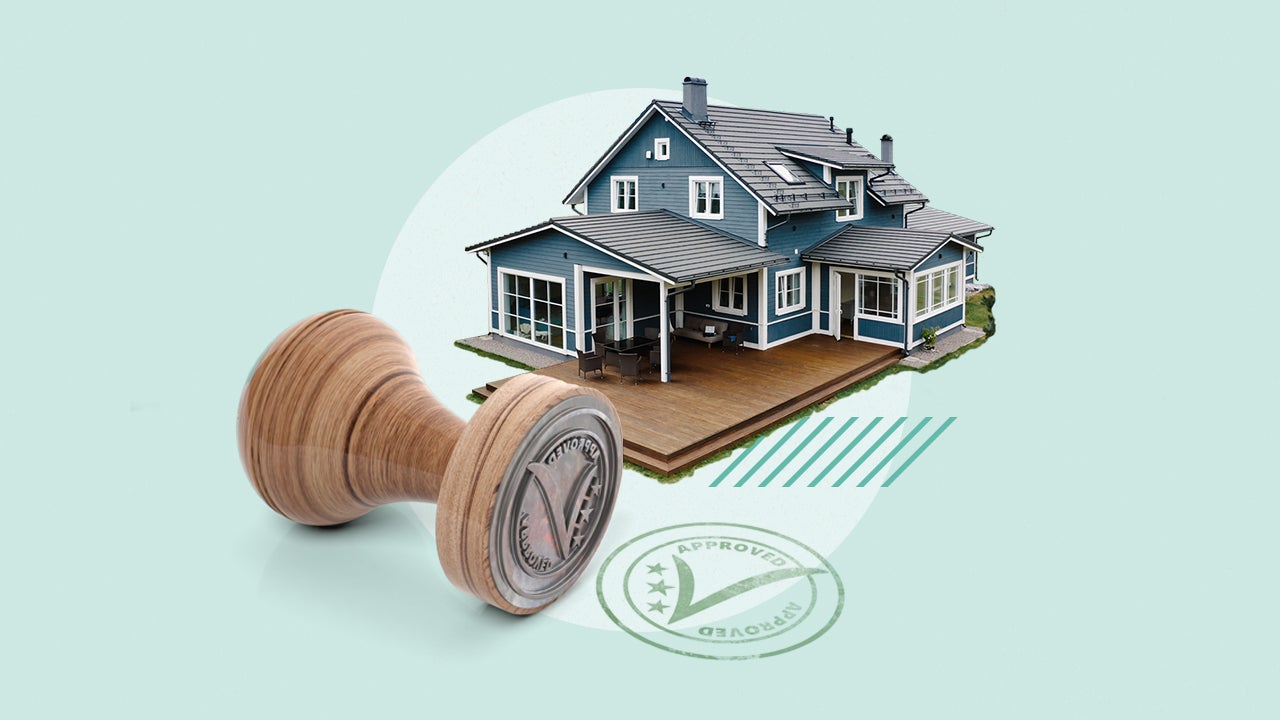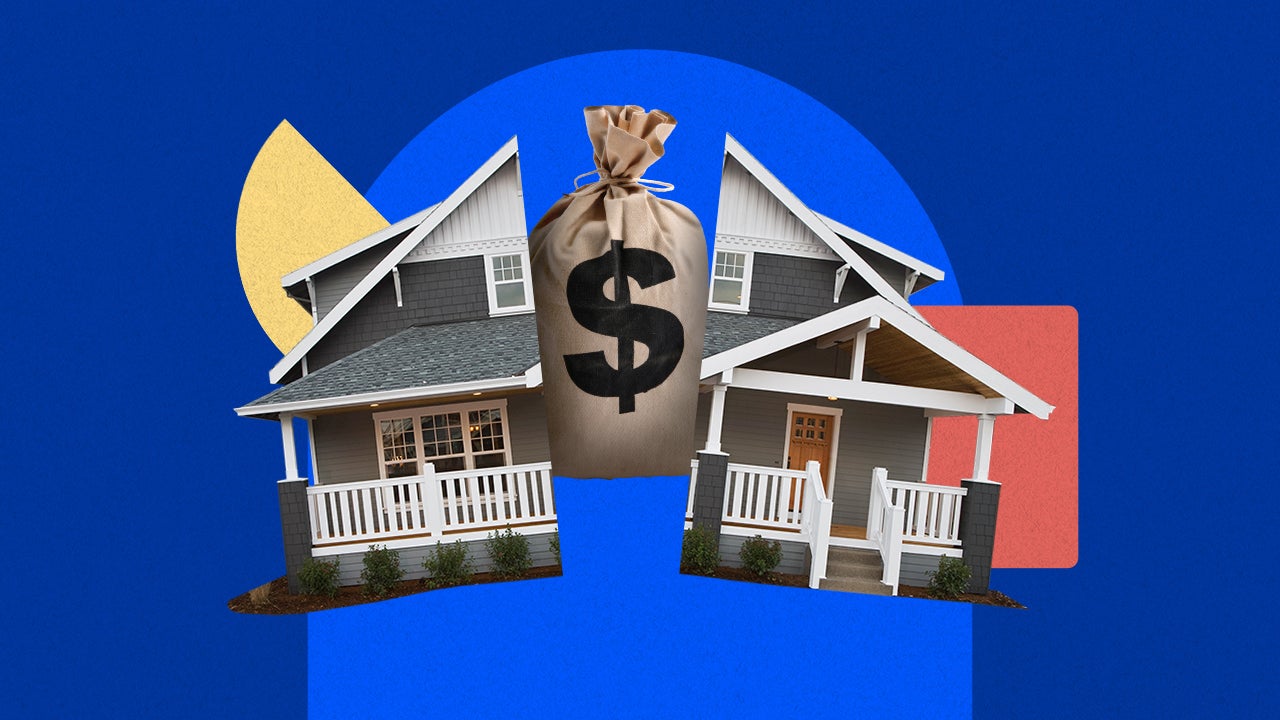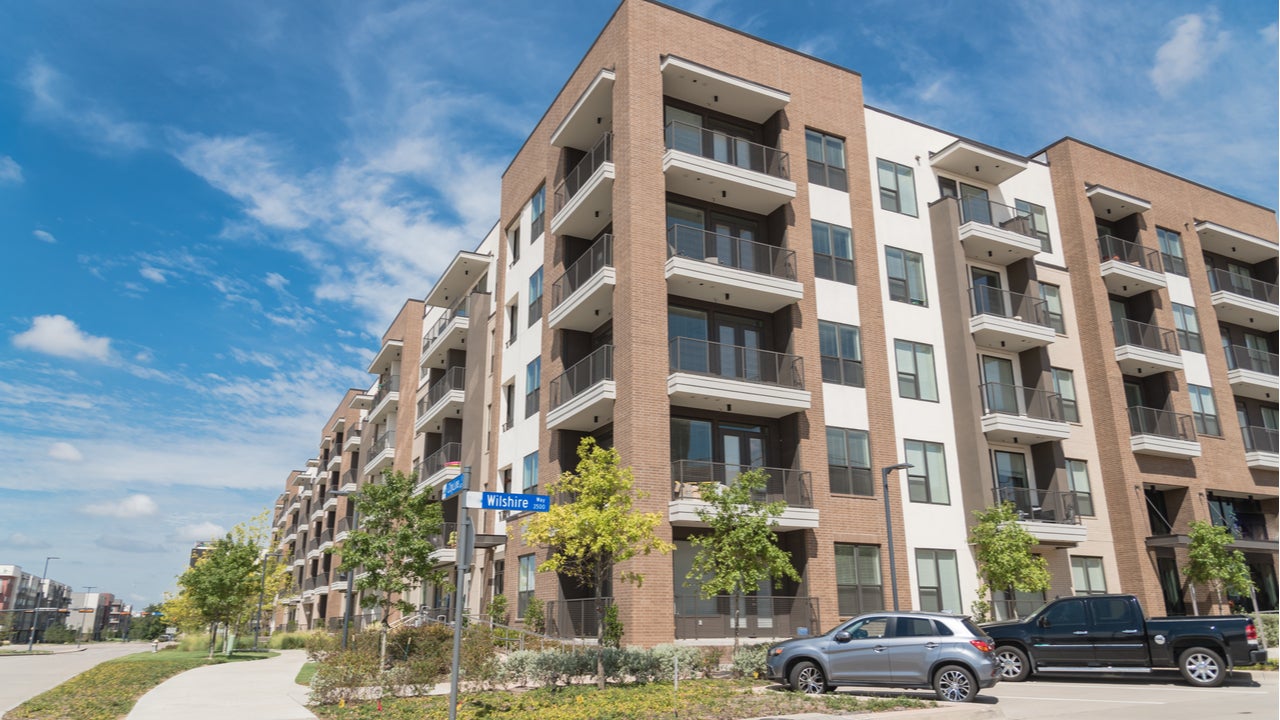Buying a house with no money down

Buying a home, even if you finance it, still requires some ready money. The big item is the down payment, of course; then there’s also earnest money and closing costs. Given that the median price tag on a single family home runs to nearly $455,000 (as of Q3 2022), the upfront costs can total a five- or even six-figure sum.
Can you buy a house with no money down? It’s not easy, but there are ways to avoid it — or to at least lessen the out-of-pocket bite. Let’s explore.
No-down-payment mortgages
The days of widespread no-down-payment mortgages to buy a house are long gone (they were shunned after the 2007 subprime mortgage crisis, which, many economists feel, they helped trigger). Today, lenders typically require borrowers to come up with 10 to 20 percent of the home’s purchase price (in some cases, less — see our FAQs).
However, some no-down-payment mortgages are still available, mostly in government-run programs. But there are special qualifications for them.
USDA Loans
These home loans are insured by the U.S. Department of Agriculture (USDA) and cater to low-to-moderate-income borrowers in qualifying rural areas. You can get approved for 100 percent financing, which means you won’t be on the hook for a down payment, but an upfront guarantee fee is. This amount can be paid at closing or rolled into the mortgage and paid over the loan term.
VA Loans
Backed by the U.S. Department of Veteran Affairs (VA), VA loans are available to both active and retired members of the armed forces and qualifying spouses with a Certificate of Eligibility (COE) from the VA. Interest rates on VA loans are typically lower than you’ll find with other mortgage products, but you’ll pay a funding fee that can be included in the monthly mortgage payment.
Commercial/private lenders
As mentioned earlier, commercial lenders largely stopped offering no-down-payment loans after the subprime mortgage meltdown and subsequent Great Recession; those that do usually restrict them to a select clientele. However, many reputable lenders will accept a borrower providing the down payment from another source: an assistance program or individual (see below) — which makes the loan a de facto no-down-payment mortgage (at least, in the sense of you coming up with the money).
Down payment assistance programs
As their name suggests, down payment assistance programs provide aspiring homeowners with help in coming up with the cash portion of their home purchase, often on very favorable terms.
State programs
Down payment assistance programs are available in all 50 states. “Some programs offer low-interest loans, while others provide grants that can be used towards a down payment or closing costs,” says Rudy Boyd, associate broker with Dwellings Michigan, a real estate brokerage based in Plymouth, Mich. “Additionally, many state and local governments offer special assistance programs for first-time homebuyers. These programs typically have income requirements and may only be available to buyers who are purchasing a home in a targeted area.”
You may also be eligible for assistance in the form of a savings match from a housing finance agency in your state. Inquire with your real estate agent, loan officer, non-profit organizations and housing authorities in your area to learn more about your options.
Get a personal gift or no-interest loan
If you don’t qualify for public money, you can create your own personal assistance program in the shape of a relative or friend who’ll give you a financial gift or no-interest loan to cover some or all of the down payment. Your lender will probably want to see a letter of intent from the individual and possibly even want the funds transferred into your account before approving your loan application.
Other ways to buy without putting money down
Get the seller to pay closing costs
Ask the seller to help cover your share of the closing costs. In the seller’s markets of the last two years, it didn’t happen often; but now that the market’s slowing, sellers might be more amenable if it’ll finalize the deal. The average buyer pays between 2 and 5 percent of the mortgage balance in closing costs, so getting a break can save you a considerable amount.
However, be sure to see if your mortgage terms set any limits on this. For example, the allowable concessions, or the amount sellers are permitted to contribute toward the buyer’s closing costs and prepaid expenses, on USDA and VA loans are 6 percent and 4 percent of the purchase price, respectively. For example, if you take out a USDA loan for $325,000, the seller can contribute up to $19,500 in concessions.
Get a no-closing-cost mortgage
Lenders looking to attract more business may offer to contribute a lump sum towards closing costs; others will pay the entire amount for you. Be careful of these no-closing-cost, aka lender-paid-cost, mortgages, though: These perks often come at a price, usually in the form of steeper interest rates or origination fees. Or the closing costs get rolled into your mortgage balance, increasing your monthly payments and the overall amount you’ll pay.
Is it smart to buy a house with no money down?
Let’s say you do qualify for a no-down-payment loan and/or get others to pick up the closing costs. Is avoiding putting money down a good idea?
Pros:
- Preserve your savings: You can avoid depleting your reserves and keep more cash on hand. “Making no down payment [also] means the bank takes all of the monetary risk and the buyer takes little of the risk. By saving most of your money as cash instead of making a large down payment, you retain your cash in your possession in case anything breaks or goes wrong” in the house, says Mathew Pezon, owner of Pezon Properties, an Easton, Penn.-based cash-for-homes buyer.
- Buy sooner: “There are housing markets that are still appreciating in price. Purchasing a house sooner due to a no-down-payment mortgage allows the buyer to participate in all of the upside of appreciation and paydown of principal, with no money out of pocket,” Pezon says.
- Better terms: In some cases, the government-backed mortgages may offer more competitive or generous terms a conventional home loan.
Cons:
- Extra fees: You’ll pay a funding fee between 1.4 percent and 3.6 percent to secure a VA loan, depending on whether you put any money down and if it’s your first use. USDA loans carry an upfront guarantee fee of 1 percent of the total loan amount, followed by an annual fee of 0.35 percent (both rates are for this fiscal year). Lender-paid-cost loans often have extra or higher administrative fees too.
- Little equity: No down payment, no direct ownership — and without ownership, you have no equity in the home. Starting from zero or near-zero, it’ll take longer to build it up. Plus, you risk becoming underwater on your loan if there’s a downturn in the real estate market and your home loses value. “If the property value declines, the borrower may end up owing more than the house is worth,” says Boyd.
- Private mortgage insurance: You may be responsible for private mortgage insurance (PMI) if you choose a non-government-backed zero-down- payment mortgage. This insurance protects the lender in case you default on your loan, but it can add hundreds of dollars to your monthly payments, Boyd adds.
- Higher interest: Commercial zero down payment mortgages and no-closing-cost mortgages often carry higher interest rates than traditional mortgages. Plus you’ll be borrowing a bigger amount. Overall, you’ll be paying more interest over the loan’s lifetime.






